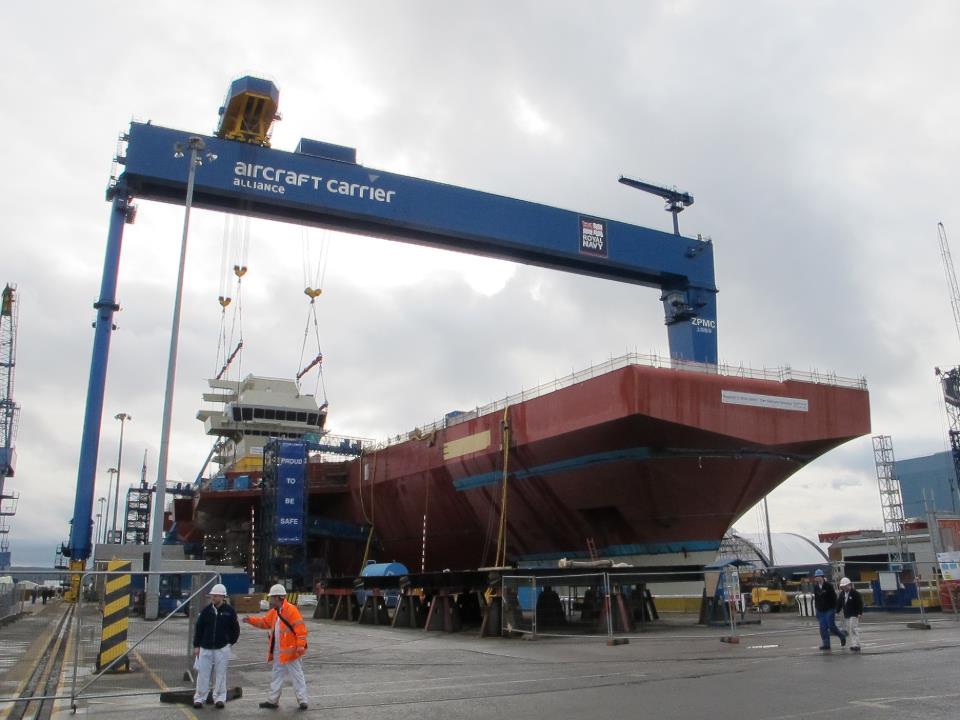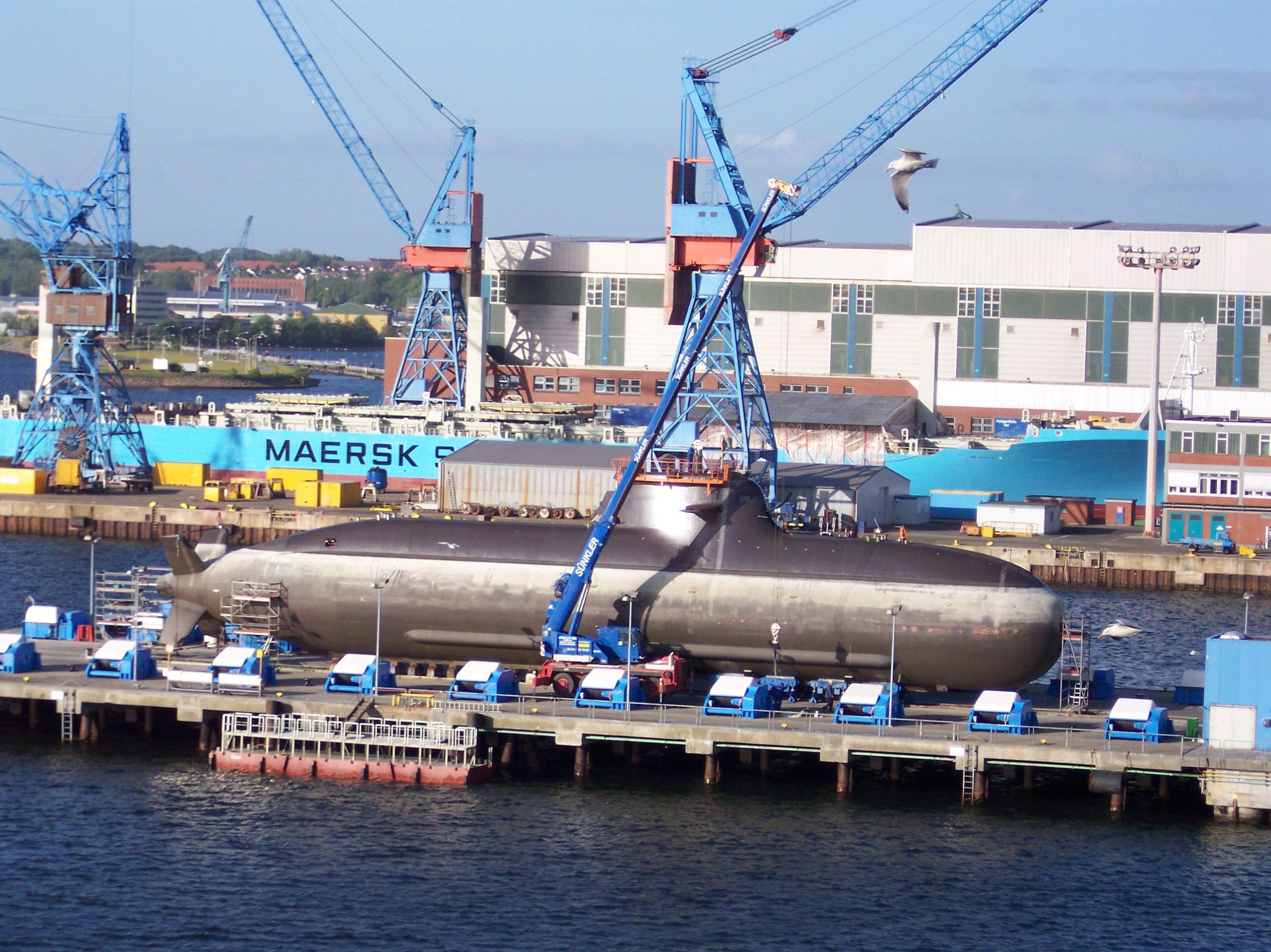
Decades after the end of the Cold War, Europe’s military legacy continues to be a subject of immense fascination and discussion.

While the continent no longer holds the global military dominance of past centuries, the present European arsenal is far from insignificant.

Across the European Union and NATO members, state-of-the-art military technologies prevail, reflecting a rich history of warfare and a readiness to face contemporary threats.

In an era where advanced military technologies are pivotal, Europe’s armed forces boast some of the world’s most sophisticated equipment.

From the Eurofighter Typhoon, a fourth-generation combat aircraft with certain stealth capabilities and an impressive array of armaments, to the iconic F-35 Joint Strike Fighter, Europe’s air power remains formidable.

The F-35, a project with significant European investment, represents the pinnacle of fifth-generation fighter technology, capable of eluding radar detection and delivering precision strikes.

European prowess extends beyond the skies. The Queen Elizabeth Class Aircraft Carriers of the Royal Navy symbolize the enduring strength of British naval capability, supporting up to 50 aircraft and heralding a new era in military aviation with the F-35B.

The French Navy’s Charles de Gaulle, with its nuclear propulsion and the advanced Rafale fighter jets, underscores France’s continued influence on the world’s oceans.

Under the waves, the stealthy and sophisticated A26 submarines developed by Sweden are poised to be silent predators of the Baltic Sea, armed with air-independent propulsion systems for extended, undetected patrols. This is a nod to Europe’s historical naval might and a deterrent to modern threats.

NATO’s unity is epitomized in shared lethal systems like the F-16 Fighting Falcon, a mainstay of the alliance’s air power, and the Type 212 Submarine, a testament to cutting-edge underwater warfare.

Colt Canada C7A1 rifles and FN MAG machine guns reflect the alliance’s cooperation in small arms, proving that NATO’s ground forces are as well-equipped as their naval and air counterparts.

Ukraine’s current conflict showcases the potency of Western military aid, with high mobility artillery rocket systems (HIMARS) and Patriot missile systems playing crucial roles in the country’s defense strategy.

Ukrainian forces have also been bolstered by the addition of Bradley Fighting Vehicles, enhancing their infantry’s mobility and survivability on the battlefield.

As the specter of conflict looms in Eastern Europe, it’s evident that the continent’s military capabilities are not only rooted in a storied past but are also firmly positioned in the contemporary geopolitical landscape.

This is a testament to Europe’s adaptability and technological prowess, as well as its strategic partnerships through NATO.
Relevant articles:
– Europe’s 5 Most Lethal Weapons of War, The National Interest
– 7 Deadliest Weapons in History, Britannica
– NATO’s 5 Most Lethal Weapons of War, Atlantic Council
– The 5 deadliest Western-provided weapons Ukraine is using to fight Russia, Business Insider

